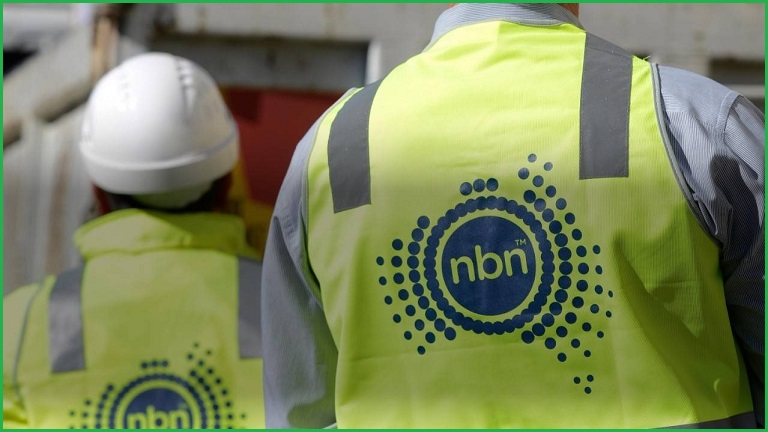The government’s $4.5 billion fibre to the premises (FTTP) NBN upgrade was not a policy backflip but actually how the rollout was planned to take place, the communications minister has said.
In a lengthy defense of the NBN at the CommsDay summit on Tuesday, Communications Minister Paul Fletcher insisted that the move to a FTTP-based technology mix was always in the minds of the government.
“Our plan since coming to government in 2013 has been to roll out the network as quickly as possible at the least cost, and then deliver upgrades as demand emerged,” Fletcher said.
“Our 2016 Statement of Expectations for NBN set out these steps clearly, and directed NBN Co to ensure all its technologies were upgradeable.”
Despite the Coalition being in power for seven years, Fletcher began his speech by attacking the Labor party’s original ambition to connect the whole country through fibre.
“In fact our plan moved away from Labor’s approach of building fibre to every premises for the very simple reason that it was taking far too long and costing far too much,” he said.
Fletcher emphasised that his statements were not mere “political rhetoric” before sarcastically comparing Labor’s planned rollout with Soviet-era agricultural technology – “these comrades are heroes of tractor production with extraordinary vision,” he joked – before offering wholly negative counterfactual statements about what might have been, had Labor run the rollout.
“NBN analysis in 2016 found that had the original plan been maintained, the network would not have been finished until 2026-28, with a peak funding range between $74-84 billion and positive free cash flow not being realised until somewhere between FY26 and FY31,” Fletcher said.
“In other words, if we had continued with Labor’s plan, around five million fewer premises would be able to access the NBN today. Dealing with COVID would have been much harder.”
The NBN rollout has so far cost around $57 billion.
Indeed, COVID-19 not only turned out to be a great stress test for the NBN – thanks in part to subsidised capacity loads and video streaming providers agreeing to lessen the impact of their services – it also evidently proved to the government the value of having gigabit speeds running to homes and businesses around the country.
More than enough
When launching the government-to-be’s NBN policy in 2013, then opposition leader Tony Abbott famously said he was “absolutely confident that 25 megs is going to be enough, more than enough, for the average household”.
The moment coronavirus lockdowns began to move office workers away from high-speed business centres and toward their homes – with other family members studying, working, and entertaining themselves – the former prime minister’s statement proved even more apocryphal with daytime traffic increasing by nearly 80 per in just two months.
Yet in March Fletcher was fighting back cries for the government to use COVID-19 as an opportunity to upgrade the NBN to a more fibre-based network.
“Recent calls to halt the current rollout and pivot to a new approach are reckless, short-sighted and self-serving,” Fletcher said at the time.
“The multi-technology mix policy allows for the selection of the latest technology to provide upgrade pathways as demand for data grows into the future.”
As far as Fletcher was concerned, technologies like G.fast – which improves potential speeds on copper lines – were the immediate future of Australia’s 21st century communications network.
By September, Fletcher and the government had changed its tune.
Incidentally, the Coalition’s long-term cheerleader NewsCorp was by then making inroads in its fight against Google and Facebook and had launched, through Foxtel, a premium video streaming service to rival the likes of Netflix.
As Fletcher tells the story, it was the “shrewd decisions” of consecutive Coalition governments that gave Australia the NBN it has today.
“Now we can drive the next stage of NBN’s development,” he concluded in his speech this week.
“And Australia can capture the productivity, efficiency and lifestyle benefits that widely available broadband can support.”










